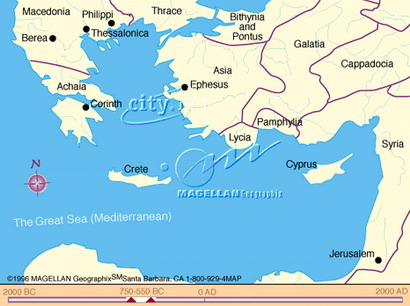

|
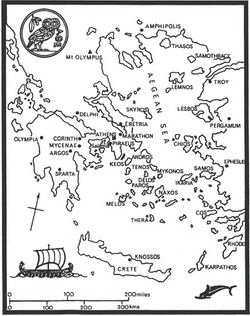
|
The Israelite Tribe of Dan had conquered Cyprus and maybe also Crete and had bases in Cilicia (i.e. northwest Syria and southeast Turkey), the north Galilee, and by the port of Jafo in the land of Israel. An offshoot from the tribe of Dan (possibly in alliance with Pelasgian-Philisitines or Philistine Minoans) at an early stage conquered Greece and gave rise to Mycenean civilization. |
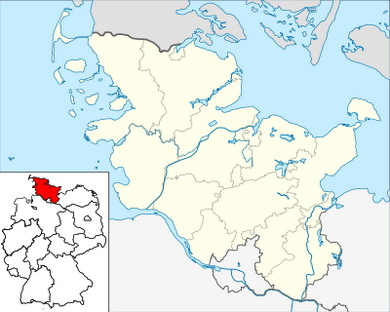
|
Map showing location of Schleswig (just south of Denmark) in Northern Germany. |
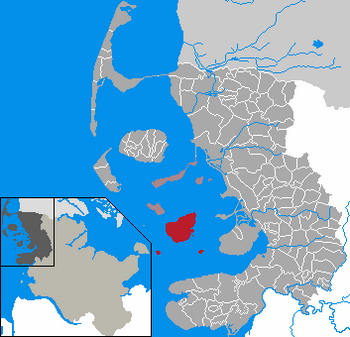
|
Map showing location of Minoan Finds in Schleswig, Northern Germany. The land has sunk. Pellham Island at the time in question was linked to the coast. |
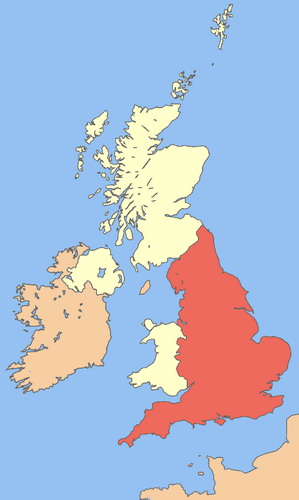
|
Dan reappeared in the British Isles. Dan is recalled in Ireland as the goddess Dana and the god Donn. In Wales Dan is referred to as Don. In Hebrew the name Dan could be pronounced as Dan, Dana, or Don. The Tuatha D'Danann have a name meaning "People of the goddess Dana". In Ancient Hebrew the name Dan could have been sounded as Dana. |
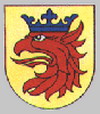
|
A correspondent, Bo Ronn from Sweden, informs us that the major province of Scania in Sweden still uses a griffon as its symbol and that this region historically was linked with Denmark. |
Join the Brit-Am Ephraimite Discussion Group
Just Send an
e-mail
with "Subscribe"
in the Subject Line
Main Page
Offerings and Publications
Return to
Question and Answer
Table of Contents